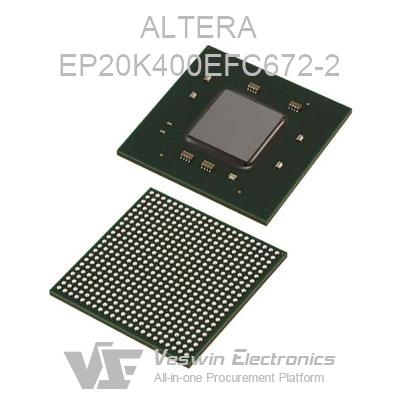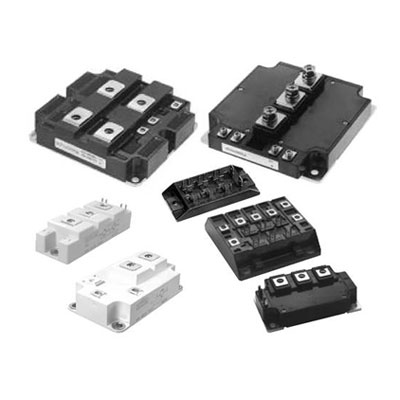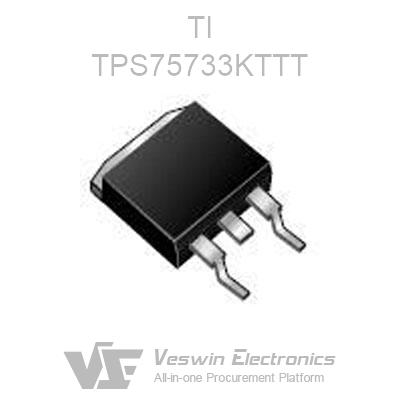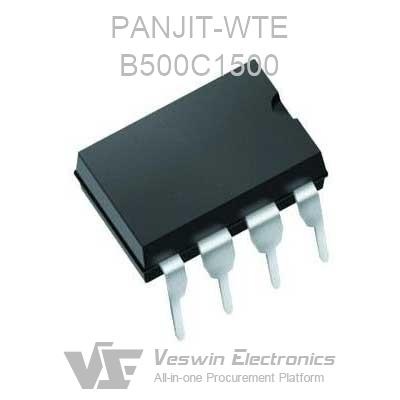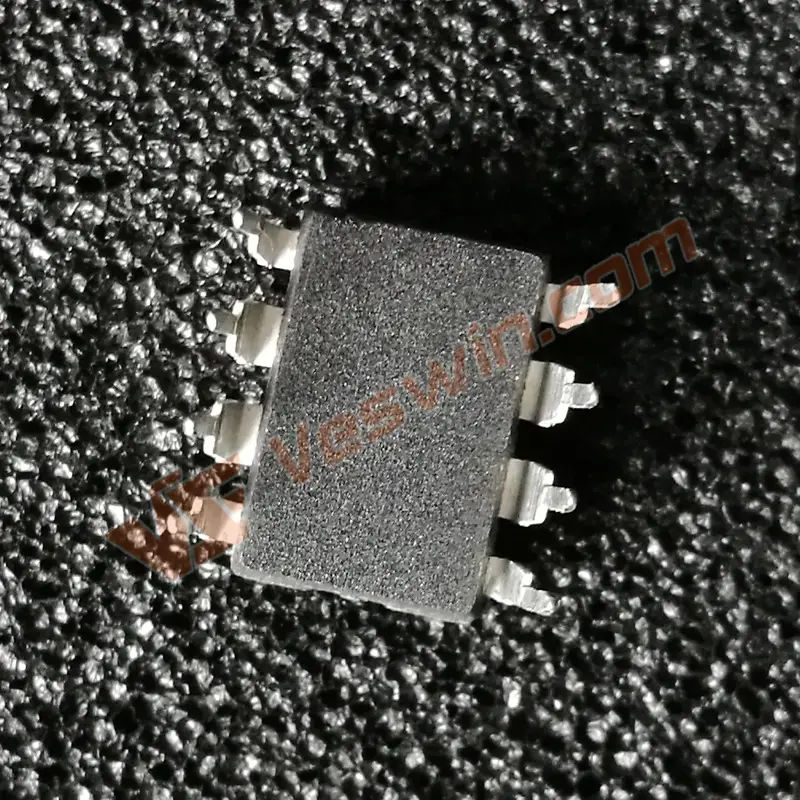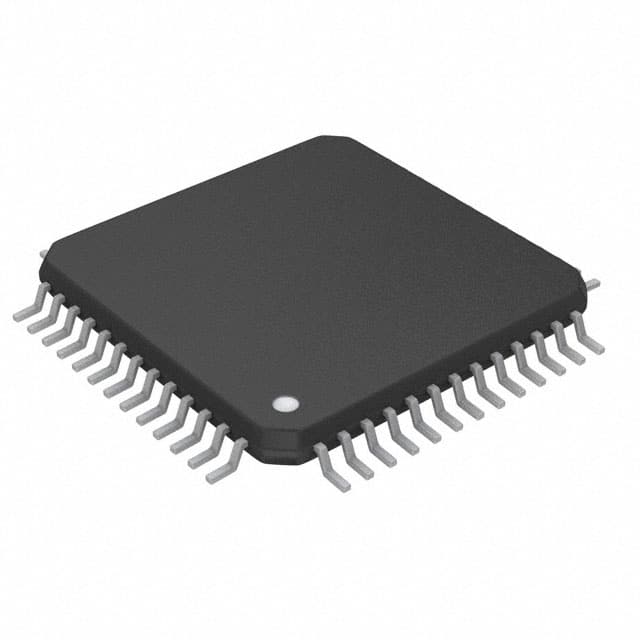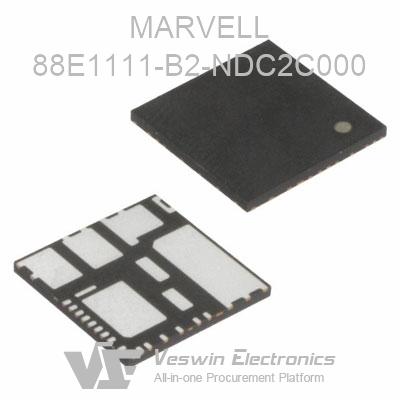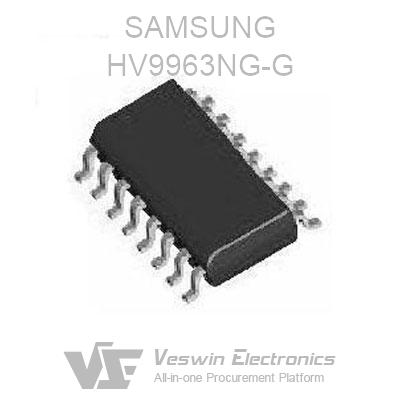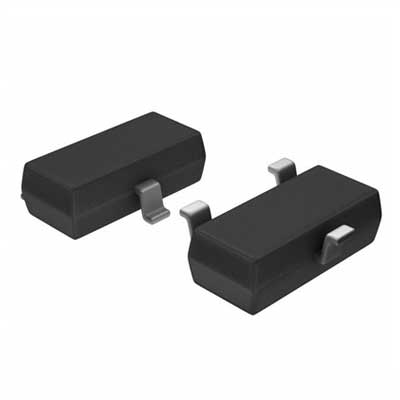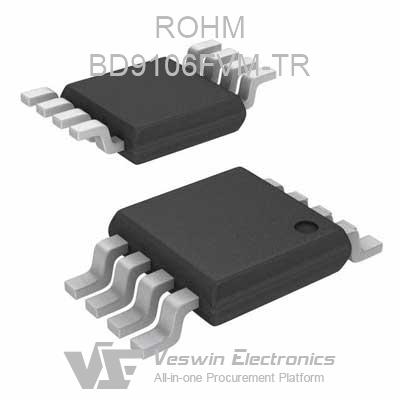As a power supply R&D engineer, naturally often deal with a variety of chips, some engineers may not know much about the chip's internal, today a DC/DC buck power supply chip LM2675 as an example, try to explain in detail the internal design principles and structure of a chip, welcome instruction!
The LM2675 is a step-down switching voltage regulator that provides a constant output voltage from a varying input voltage. It can handle input voltages up to 40V and provide output voltages as low as 1.2V. The LM2675 uses a fixed frequency of 260kHz to regulate the output voltage and is capable of delivering up to 1A of output current.
The LM2675 switching power supply offers several advantages over traditional linear regulators. It has a high efficiency of up to 90%, which means it wastes less power and generates less heat. The LM2675 also has a wide input voltage range, which makes it suitable for a variety of applications. Additionally, it has a small form factor and requires few external components, which simplifies the design process.
The LM2675 switching power supply can be used in a wide range of applications, including battery-powered devices, telecommunications equipment, automotive systems, and industrial equipment. It is particularly well-suited for applications where a high-efficiency voltage regulator is required, such as in battery charging circuits, LED drivers, and power management systems.
LM2674: The LM2674 is a similar switching voltage regulator from Texas Instruments that can provide up to 1A of output current, but has a lower input voltage range of up to 23V.
LM2575: The LM2575 is a step-down switching regulator that provides output voltages as low as 1.23V and can handle input voltages up to 60V. It has a slightly lower efficiency than the LM2675, but is capable of delivering up to 1.5A of output current.
LM2940: The LM2940 is a linear voltage regulator that provides up to 1A of output current and can handle input voltages up to 26V. It has a lower efficiency than switching regulators like the LM2675, but may be simpler to design and less expensive.
LM2677: The LM2677 is a higher-power switching voltage regulator that can provide up to 5A of output current, making it suitable for high-power applications. However, it has a higher input voltage range of up to 40V and a lower switching frequency of 50kHz.
The choice of an alternative will depend on the specific requirements of the application, such as input voltage range, output voltage and current requirements, and efficiency goals.
Open the lm2675.pdf and take a look at the block diagram first.

This diagram contains all the internal unit modules of the power supply chip, BUCK structure we already understand, the main function of this chip is to achieve the drive of the MOS tube, and through the FB pin to detect the output state to form a loop to control the PWM drive power MOS tube, to achieve voltage regulation or constant current output. This is a non-synchronous mode power supply, that is, the continuity device is an external diode, rather than the internal MOS tube.
Similar to the reference power supply for board-level circuit design, the internal reference voltage of the chip provides a stable reference voltage for the rest of the chip circuit. This reference voltage requires high accuracy, good stability, and small temperature drift. The internal reference voltage of the chip is also known as the bandgap reference voltage because this voltage value is similar to the bandgap voltage of silicon, hence the name bandgap reference. This value is about 1.2V, a structure as shown below.
Here we have to go back to the textbook to talk about the formula, the PN junction current and voltage formula.
It can be seen that the relationship is exponential, Is is the reverse saturation leakage current (i.e., the leakage current of the PN junction due to the oligon drift). This current is proportional to the area of the PN junction! That is, Is->S.
So it can be deduced that Vbe=VT*ln(Ic/Is) !
Returning to the above figure, by the op-amp analysis VX=VY, then it is I1*R1+Vbe1=Vbe2, which gives
I1=△Vbe/R1, and since the gate voltages of M3 and M4 are the same, the current I1=I2, so the formula is derived: I1=I2=VT*ln(N/R1) N is the ratio of the PN junction area of Q1 Q2!
Back to the above figure, from the op-amp analysis VX=VY, then it is I1*R1+Vbe1=Vbe2, so we can get: I1=△Vbe/R1, and because the gate voltage of M3 and M4 is the same, so the current I1=I2, so the formula is derived: I1=I2=VT*ln(N/R1) N is the ratio of the PN junction area of Q1 Q2!
This way we finally get the reference Vref=I2*R2+Vbe2, the key point: I1 is a positive temperature coefficient, while Vbe is a negative temperature coefficient, and then through the N value adjustment, but to achieve a good temperature compensation! N general industry according to 8 design, to achieve zero temperature coefficient, according to the formula deduced
Vref = Vbe2 + 17.2 * VT, so about 1.2V, currently in the field of low-voltage can achieve less than 1V reference, and in addition to the temperature coefficient and power supply ripple rejection PSRR and other issues, limited to the level can not be in-depth.
The final sketch is this, of course, the op-amp design is also very careful.
We know that the basic principle of switching power supply is to use PWM square wave to drive the power MOS tube, then naturally need to generate oscillation module, the principle is very simple, is the use of capacitor charging and discharging to form a sawtooth wave and comparator to generate the duty cycle adjustable square wave.
The final detailed circuit design diagram is as follows.

Here is a technical difficulty is the ramp compensation in the current mode, for duty cycle greater than 50% in order to stabilize the ramp, additional compensation ramp.
The role of the error amplifier is to ensure that the output is constant current or constant voltage, the feedback voltage sampling process. Thus, to regulate the PWM driving the MOS tube, as shown in the sketch.

The final drive part of the structure is very simple, is a large area of the MOS tube, current capability.
Here the other modules circuit is to ensure that the chip can work properly and reliably, although not the core of the principle, but really in the chip design occupies an important position.
Specifically, there are several functions.
1、Start module
The role of the start-up module is naturally to start the chip work, because the moment of power on all transistor current may be 0 and maintain the same, so it can not work. The role of the startup circuit is equivalent to "light a fire", and then shut down. As shown in the figure.
The moment of power on, S3 is naturally open, then S2 open to open M4 Q1, etc., on the M1 M2, the right constant-current source circuit works normally, S1 also opened, S2 will be closed to complete the start. If there is no S1 S2 S3, all transistor currents are 0 for an instant.

2、Overvoltage protection module OVP
It is well understood that when the input voltage is too high, the output will be turned off by the switching tube to avoid damage, and a protection point can be set by the comparator.
3、Over temperature protection module OTP
Temperature protection is to prevent the chip from abnormal high temperature damage, the principle is relatively simple, using the temperature characteristics of the transistor and then set the protection point through the comparator to turn off the output.
4、Over-current protection module OCP
In case of short-circuiting of the output, the output current is detected to control the state of the output tube by feedback, which can shut down or limit the current. As shown in the current sampling, the current of the transistor is proportional to the area to be sampled, generally the area of the sampling tube Q2 will be one thousandth of the area of the output tube, and then the voltage comparator is used to control the drive of the MOS tube.
There are some other auxiliary modules designed.
Inside the IC, how to set the operating state of each transistor is through the bias current, the constant current source circuit can be said to be the cornerstone of all circuits, the band gap reference is also generated, and then through the current mirror to provide current for each functional module, the current mirror is through the transistor area to set the required current size, similar to the mirror image.
Of course, this is only the basic structure of the principle of the DC/DC power supply chip LM2675, but there are many parameters to be considered in the specific design, which requires a lot of analysis and simulation, and must have a deep understanding of the semiconductor process parameters, because the manufacturing process determines many parameters and performance of the transistor, and the chip will be defective if it is not careful. or even impossible to apply.
The whole chip design is also a complex system engineering, which requires good theoretical knowledge and practical experience.
Hot News
